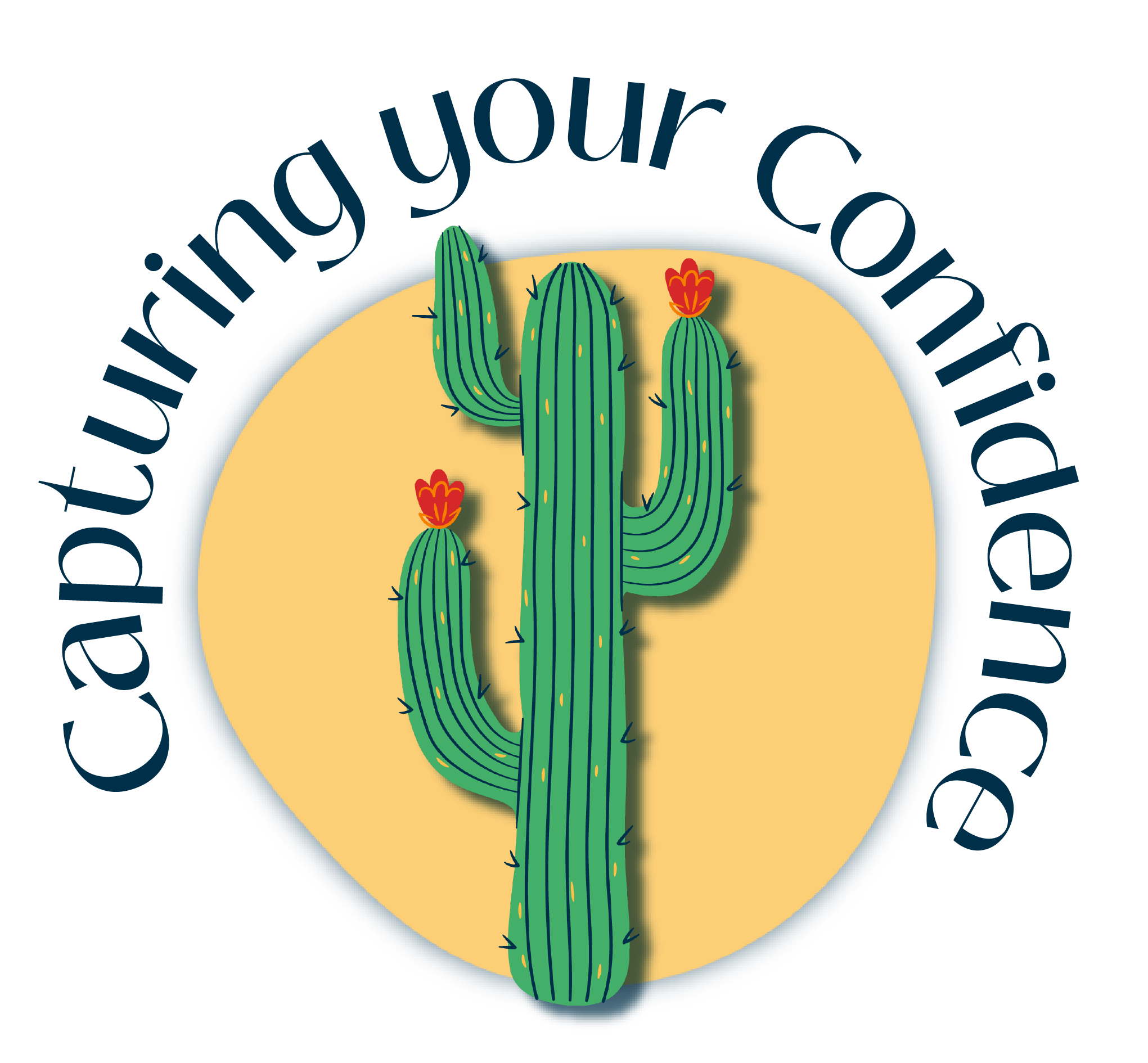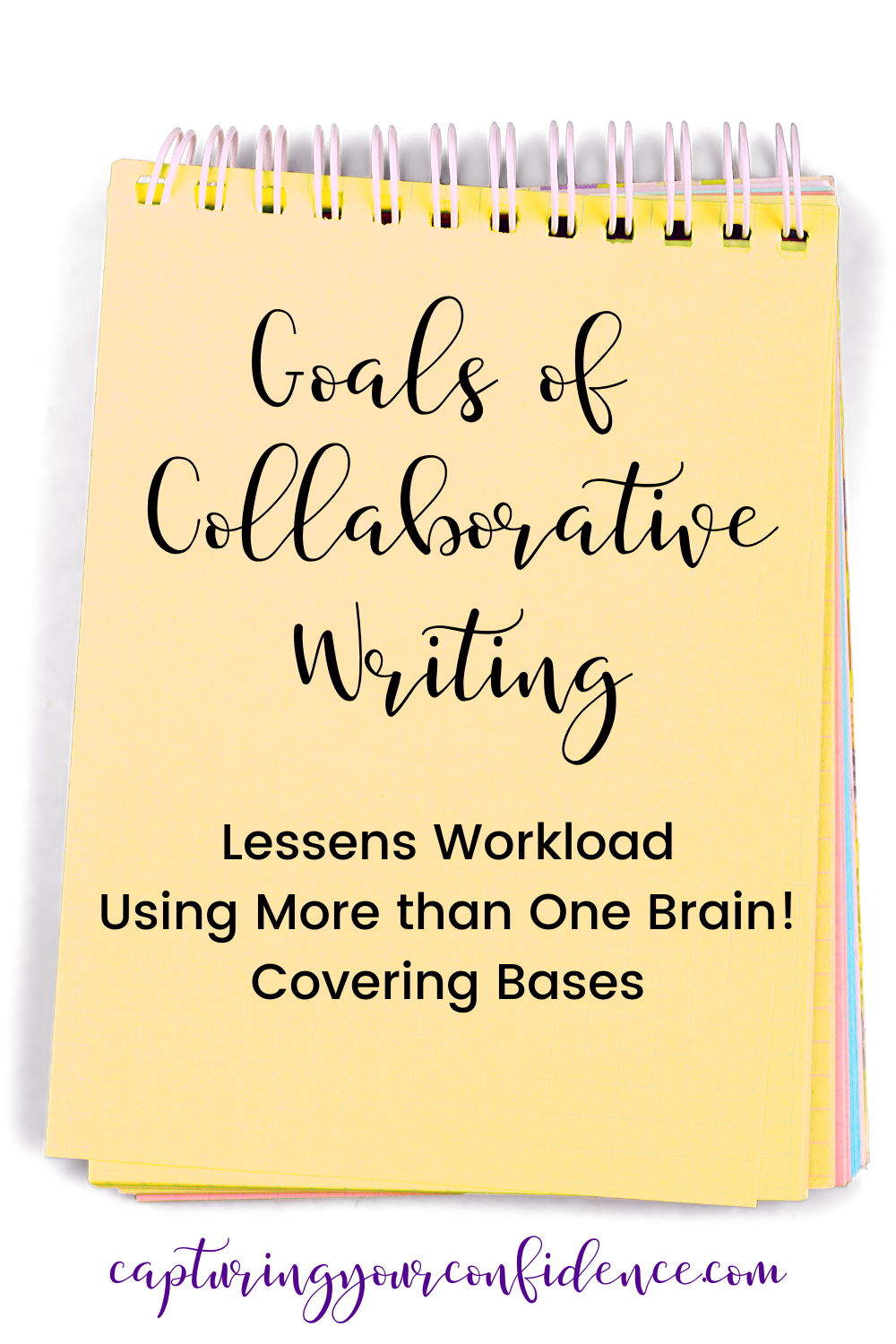4 Easy Steps to Effective Collaborative Writing
We often think of writing as a solitary activity, and many times that’s true. But, there are some times when collaborating with others is very beneficial. In fact, there are many instances where writers work together to create a project.
This blog was collaboratively written by my best friend and writer, Courtney Conley, and I.
This blog, for instance, was collaboratively written by my best friend and writer, Courtney Conley and I.
Some of the most common types of collaborative writing we regularly see include:
Anthologies
Books of essays
Books of poetry
Academic books
Blogs
Online articles
What Is Collaborative Writing
What is Collaborative Writing?
Collaborative writing is writing involving one or more people working on a project together either at the same time or as a shared responsibility.
Collaborative writing can happen in several ways:
Simultaneously, as you can do with Google Docs, where multiple people are actively writing and editing at the same time. We wrote this blog with Google Docs in this way!
In Sections, where one person writes about something and the other person writes something else, and it is later blended together.
With Edits, where one person writes the majority of the content, and the other person goes back through what’s already written and adds their own content and changes the wording.
It’s really up to the writers to determine what works best!
It’s really up to the writers to determine what works best! Some people do great being more conversational and working at the same time, but some people need time to process and figure out how their ideas fit with the other person.
If collaborative writing is when multiple people work together on a project, the bigger question is why?
Goals of Collaborative Writing
What are the Goals of Collaborative Writing?
If you’ve ever been part of a writing project with other people, you might already know that collaboration is not always easy! Much like other types of teamwork, there can be problems with responsibility and ownership.
BUT
When collaborative writing is successful, it lessens the workload for all individuals. Logically, if you have 2 people working on a 50 page writing project, that will round out to about 25 pages per person instead of the entire 50. That’s half the “polished” writing you have to produce if you’re working with a trusted collaborator.
Our body of thought can be strengthened and diversified when we work with others.
Successful collaboration also has the benefit of having more than one brain thinking about a problem, solution, or creation. What a powerful tool!
Even the most similar among us have different perspectives and ideas. This means our body of thought can be strengthened and diversified when we work with others. There’s also much less chance of accidentally skipping things when you have others looking at the project, too.
Unless you’re in academia, you probably don’t just wake up thinking about collaborative writing projects. Most people outside of the university generally think of writing as something you do on your own.
So why, then, would a “regular” writer want to collaborate on something?
Reasons for Writing Collaboration
Probably the most common reason a writer would want to collaborate is to work with an expert. It’s almost always helpful to have an experienced mentor, especially in a field like writing where there are so many different ways one could go.
The expert can then also add extra information to the project you didn’t even think about, or know to ask!
Collaborating can also help writers gain experience with others in the field. This is especially true if you are working with experts and mentors because they can then show you the ropes.
The old saying “You don’t know what you don’t know” is definitely true - you can’t possibly know everything, especially when you’re first starting out!
The old saying “You don’t know what you don’t know” is definitely true - you can’t possibly know everything, especially when you’re first starting out! Having others work with you can help you hone the talents you have and grow new ones.
Teaching can also be another major point of collaboration. Many teachers, especially in the college classroom, teach collaboratively, with skills or entry level English classes. We even had co-professors in graduate classes. Much of teaching is based on collaborative learning and helping each other - writing included.
Perks of Writing Collaboration
Perks of Writing Collaboration
There are a lot of perks that come with collaborative writing!
Writing collaboratively gives you the opportunity to hear different perspectives on your topic. This can be very helpful, and most of the time, writing can benefit from having more than one set of ideas and worldviews. After all, our audiences bring their own thoughts and ideas to whatever they read - having a variety of voices in the writing itself makes it stronger.
More than one writer means sharing the workload!
More than one writer means sharing the workload! Collaborative writing is a great way to split up a large project and work more efficiently. Writing projects can be daunting. Having someone else there to share the work with can be a relief. Plus, there’s someone to commiserate with when you’re stuck or dealing with writer’s block.
We’re all guilty of getting stuck in our routines at one point or another. Do you procrastinate? Do you only write if someone is asking you to? Writing with one or more people can help us break out of our comfort zone and write in different contexts. Maybe you’ll even pick up a new idea or two from your writing partner(s)!
Struggles with Collaborative Writing
Struggles with Collaborative Writing
Although there are undoubtedly perks, there will always be struggle when it comes to working with other people.
We all have busy lives. Probably the biggest complaint or struggle with collaborative projects is having time. It can be really difficult to make time to work on a writing project with other people, especially if you don’t live in the same place or time zone. It can also be difficult to keep everyone on track once you get the project started. The more people there are, the more complicated scheduling gets.
The hard part about having different voices in a writing project is that it can be tricky to merge the voices of different writers into one cohesive voice.
The hard part about having different voices in a writing project is that it can be tricky to merge the voices of different writers into one cohesive voice. Writers often have different styles, as well. Maybe you love the Oxford comma (go team!), but your partner hates it. It won’t matter for some projects if it sounds like multiple writers worked on it, but in other contexts, it’s important to create one writing voice.
The nature of collaborative writing often means one writer is doing more of the work than other(s). It can be hard to split up the work in a way everyone is comfortable with. If you’ve been in a collaboration before, you might have felt the sting of either doing too much or feeling like you’re not really able to do enough. Some writers naturally take the lead on projects, while others are happy to do their share of the work and nothing more. This can lead to conflict in relationships if one person feels like the workload balance is unfair.
How to Do Collaborative Writing
How to Do Collaborative Writing
At this point you might be thinking that this all sounds great, but how the heck do you accomplish it?
Good question!
There are a few steps for effective collaboration that you should take (although if you find a more efficient way - go for it!):
Step 1: Decide the Parameters of Your Project
A brainstorming meeting at the beginning of the writing process can be very helpful to ensure everyone is on the same page, understands, and agrees on the goals of the project.
You should clarify things like:
How many words do you want your writing project to be?
Who is your audience?
How many references do you want to include?
Once you have had that conversation and answered any questions, you are ready to move forward!
Step 2: Distribute the Work
Knowing who is in charge of each role in the project up front will help keep everyone on track and minimize conflict. We like to create an outline first and then decide together who will write which section.
Knowing who is in charge of each role in the project up front will help keep everyone on track and minimize conflict.
Another way to distribute the work is to write simultaneously. One person can do the typing while others share ideas. Talk with your writing collaborator(s) to figure out what works best for your project.
Step 3: Set Deadlines
What we have seen cause the most tension in collaborative writing projects is the idea of a deadline. Once you know who is doing the work, and how it’s getting done, it’s important to decide on a deadline and stick to it!
Depending on the scope of your project, it will probably be helpful to have regular check-in meetings where everyone gives an update on their progress. Make sure to give yourselves enough time to proofread and revise. Remember, you’re blending multiple voices, so you will need to leave time to smooth everything over to sound cohesive.
Step 4: Do the Writing!
You’ve laid the prep work, decided your roles & deadlines, and now it’s time to get down to the hard, messy work of writing. Be mindful of your deadlines as you progress - you don’t want to be the collaborator that stalls the project with your procrastination.
Be mindful of your deadlines as you progress.
Collaborative Writing Tools
What Tools Can I Use to Write Collaboratively?
We hope, by now, you’re getting at least a little excited about exploring collaborative writing projects. We love working together - we even won an award for our collaborative writing during grad school!
Courtney Conley (left) & I received our collaborative writing award in Spring 2017!
If you are ready to embark on this kind of project, there are several handy tools you can consider adding to your toolbox:
Google Docs
Google docs is an incredible collaborative writing tool! In fact, we like it so much that we used it to write this blog.
Google docs allows multiple writers to work and edit one document simultaneously. So, for instance, if you have two writers working on a project, both can be writing different parts of the document at the same time. The interesting part is that you can see the other person’s work appear in real time, and they can see yours.
You can write on your smartphone, tablet, or computer, AND it automatically saves anytime there is a change on the document.
Google docs allow for multiple documents, so you can easily access your writing from anywhere, as long as you can access the internet.
You can write on your smartphone, tablet, or computer, AND it automatically saves anytime there is a change on the document. This is a special bonus for those of us who sometimes forget to save when we’ve been working on something for an extended period of time.
https://www.youtube.com/watch?v=I0OqnItA-zA
Introduction to Google Docs
Microsoft OneNote
Microsoft OneNote is also a great collaborative tool because it acts like a digital notebook. I’ve used it professionally and for my own writing. I wrote a whole blog about it here!
Essentially, OneNote allows you to do anything you would do in a regular notebook, with the added benefit of being able to use word processing like highlighting, underlining, etc. It’s pretty intuitive if you’ve used the popular Microsoft Word program, but better because you can align your thoughts more visually.
Microsoft OneNote allows you to collaborate in real time like you can in Google docs.
You can also send your thoughts to others for collaboration and collaborate in real time like you can in Google docs.
OneNote is typically included in most packages of Microsoft products and on Windows 10 computers you might buy, so if you use Word, search for it and you will probably find you already have it!
https://www.youtube.com/watch?v=hjnQ937cg8g
Introduction to Microsoft OneNote
Trello
Trello is a brand new tool for me, although I’ve heard people talk about it many times before I decided to try it. Can I just say, what a life changer for those of us who love lists? AND for those of us who collaborate?
Sample of Trello Organization for Collaborative Blog Writing! It's incredibly flexible to use with a team, but since there were just 2 of us, we didn't feel the need to assign the roles.
Trello is a free application you can use online or download and use on your desktop. You can have boards with upcoming tasks, set due dates, and assign tasks to people, including yourself!
The reason Trello is such a good tool for writing collaboration isn’t the fact that you can write whole paragraphs there. You could, but it probably wouldn’t be visually appealing to work with. Trello is awesome because all the people you’re working with can see and access the same to do lists, due dates, and assign/be assigned tasks. Everyone is on the same page with to-do tasks, literally!
https://www.youtube.com/watch?v=xky48zyL9iA
Introduction to Trello
Have you written something collaboratively before? How did it go? What tools did you use? We’d love to hear about it! Drop a comment below or email me at rachel@capturingyourconfidence.com and let me know!










